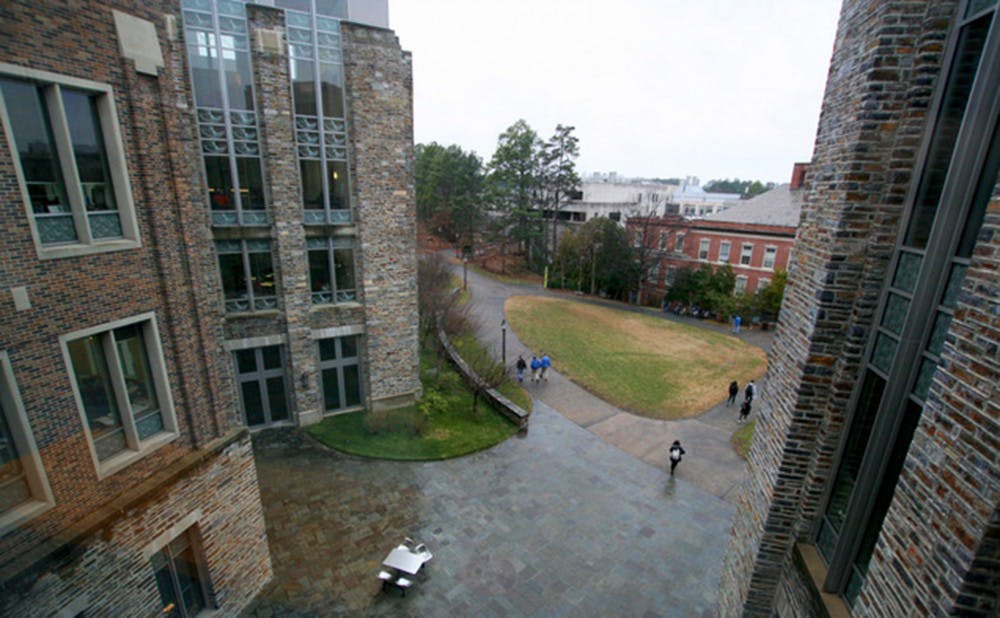Researchers at Duke's Bursac Lab have grown the first artificially contracting muscle tissue, creating new possibilities for drug and medical testing.

Led by Nenad Bursac, associate professor of biomedical engineering and the lab’s namesake, along with post-doctoral researcher Lauren Madden, the research team grew skeletal muscle tissues—called myobundles—from muscle biopsies, which were then suspended on a frame floating in a special gelling agent. Unlike previous lab-grown muscle tissue, this tissue flexes in response to chemical and electrical stimulus.
“This finally enables researchers in the field to study human muscle physiology in vitro rather than only being able to look in biochemical outputs,” Bursac said.
Funded by a grant from the National Institutes of Health, the lab spent a year working on optimization procedures to develop the functioning muscles and then another year analyzing the muscle. They published their findings earlier this month in the journal eLife.
“So that’s where your tax dollars are going,” Madden said. “We’re doing the science to improve human health.”
The researchers say this breakthrough opens up many avenues for future research, a major one being drug testing and drug training.
“We can see how a drug is affecting someone as maybe weakness or muscle cramps,” Madden said. “This gives us a measurable outcome similar to how patients would tell you what they are experiencing.”
The paper also states that the technique will allow for toxicology screening and modelling calcium handling and different protein expression.
Madden said that one of the paper's co-authors—professor of medicine William Kraus—is also approaching the myobundles from the perspective of studying exercise and aging.
The Bursac lab is currently pursing ways to use their methods to study diseases—such as muscular dystrophy—in a different way from traditional biopsies.
“With clinicians from Duke, we have started obtaining consented needle biopsies from cohorts of patients with muscle disease,” Bursac said. “We are generating muscle tissues from these biopsies and are now working to validate... functional and biochemical responses of our myobundles against the results obtained in clinics.”
Beyond these findings, some of the future aims of the research can almost seem like science fiction.
“Some of our goals are to create bigger tissues and implantable tissues and get to the future step of implantable organs,” Madden said.
Get The Chronicle straight to your inbox
Signup for our weekly newsletter. Cancel at any time.

